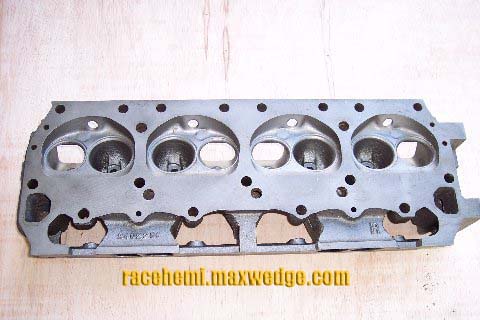906 heads suck, here is one our experiments, ported with no epoxy or welding. Haven't been able to get the 915s to make as much flow as the 906s, water passages are different. I guess the 915s really suck.
451ci/400 block, 9.7:1 compression, 91 octane, single 4150 4bbl, single plane intake, Erson solid roller that was too big, but what the heck, it was laying on the shelf. I couldn't afford the $330 to have a new one ground correctly.
At the time, the dyno couldn't hold the engine below 3300 rpm.
RPM.............TQ/HP
3300...........442/278
3800...........485/351
4300...........506/414
4800...........518/474
5300...........508/512
5800...........536/592
6300...........548/658 peak torque
6800...........531/688
6900...........528/694 peak horsepower
7200...........499/684
Rotten weeny, it didn't even make 700 HP.

















